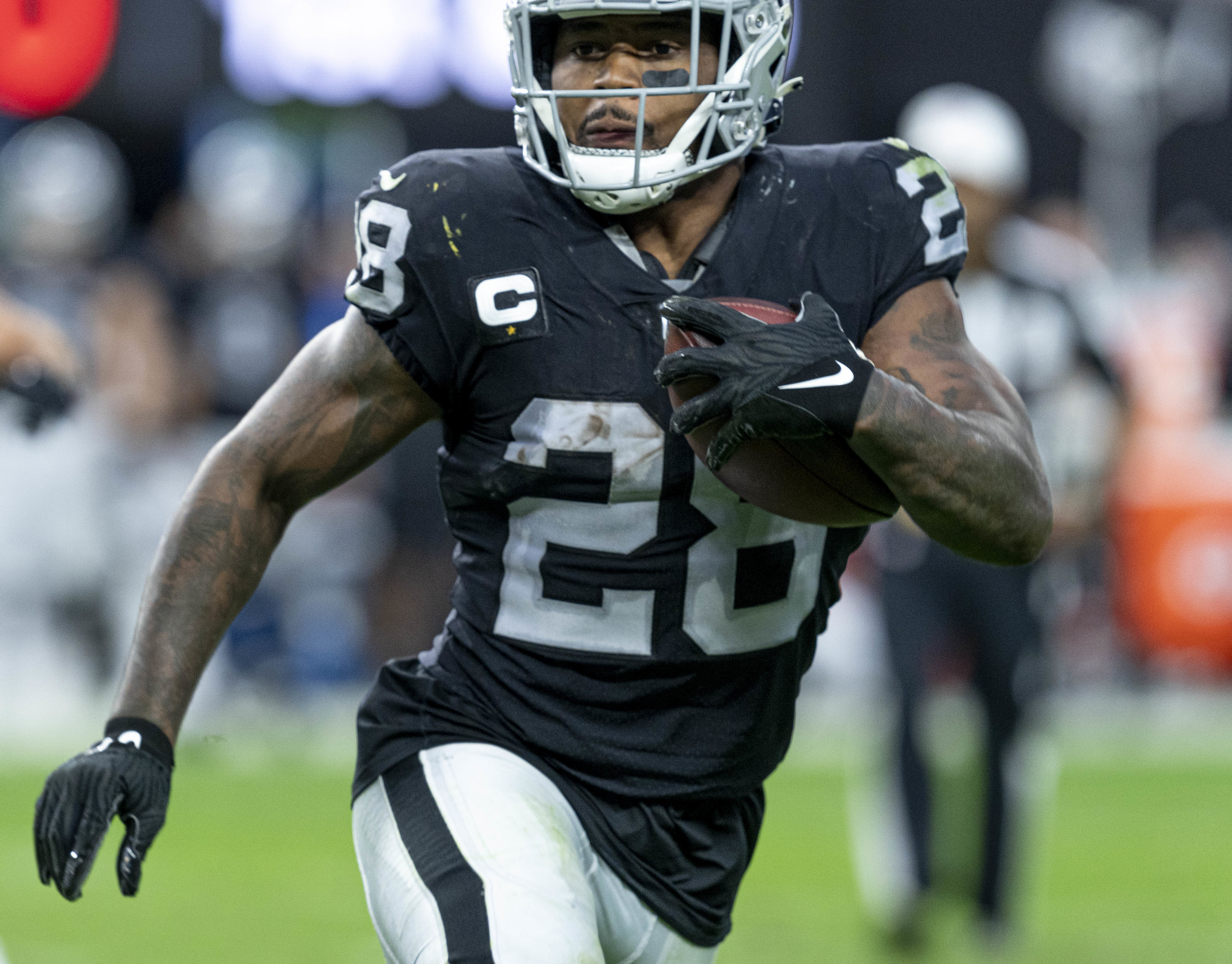Football 101
- Introduction to Football
- Understanding the Field
- Positions and Formations
- Football Basics: Offence
- Football Basics: Defense
- Advanced Football Strategies
- Football in the Modern Era
Football Basics: Offence
Understanding the Role of Running the Ball in Football

Position in American and Canadian football.
In football, running the ball is a fundamental offensive strategy. This strategy involves the quarterback handing off the ball to a running back, who then attempts to gain yardage by running up the field. The success of running plays largely depends on the offensive line's ability to create gaps for the running back to exploit.
The Role of the Running Back
The running back is a key player in the offensive team. Their primary role is to receive handoffs from the quarterback and run the ball up the field. They must have a good understanding of the game, be quick on their feet, and have the strength to withstand tackles from the defensive team.
Different Types of Running Plays
There are several types of running plays in football, each with its own unique strategy and purpose. Here are a few examples:
-
Dive: This is a quick, straightforward play where the running back takes the handoff and immediately rushes towards the line of scrimmage. The goal is to gain a few yards, typically in situations where only a short distance is needed for a first down or touchdown.
-
Sweep: In a sweep, the running back moves laterally to the line of scrimmage, waiting for the offensive line to create a gap on the outside for them to run through. This play requires good blocking and speed from the running back.
-
Counter: This play is designed to trick the defense. The running back initially moves in one direction, then takes the handoff in the opposite direction. The goal is to create misdirection and exploit the defense's over-pursuit.
-
Draw: A draw play is a deceptive strategy where the quarterback initially appears to set up a pass play, only to hand off the ball to the running back. The aim is to catch the defense off-guard and create space for the running back to run.
The Role of the Offensive Line in Running Plays
The offensive line plays a crucial role in running plays. Their job is to block the defensive players and create gaps for the running back to run through. Good blocking can make the difference between a successful and unsuccessful running play.
Importance of Blocking in Successful Running Plays
Blocking is a critical skill in football. It involves obstructing a player from the opposing team to create space for the ball carrier. In running plays, effective blocking by the offensive line and other players can create the necessary gaps for the running back to gain yardage.
In conclusion, running the ball is a fundamental part of football that requires coordination, strength, and strategic planning. Understanding the different types of running plays and the importance of blocking can greatly enhance your appreciation of the game.